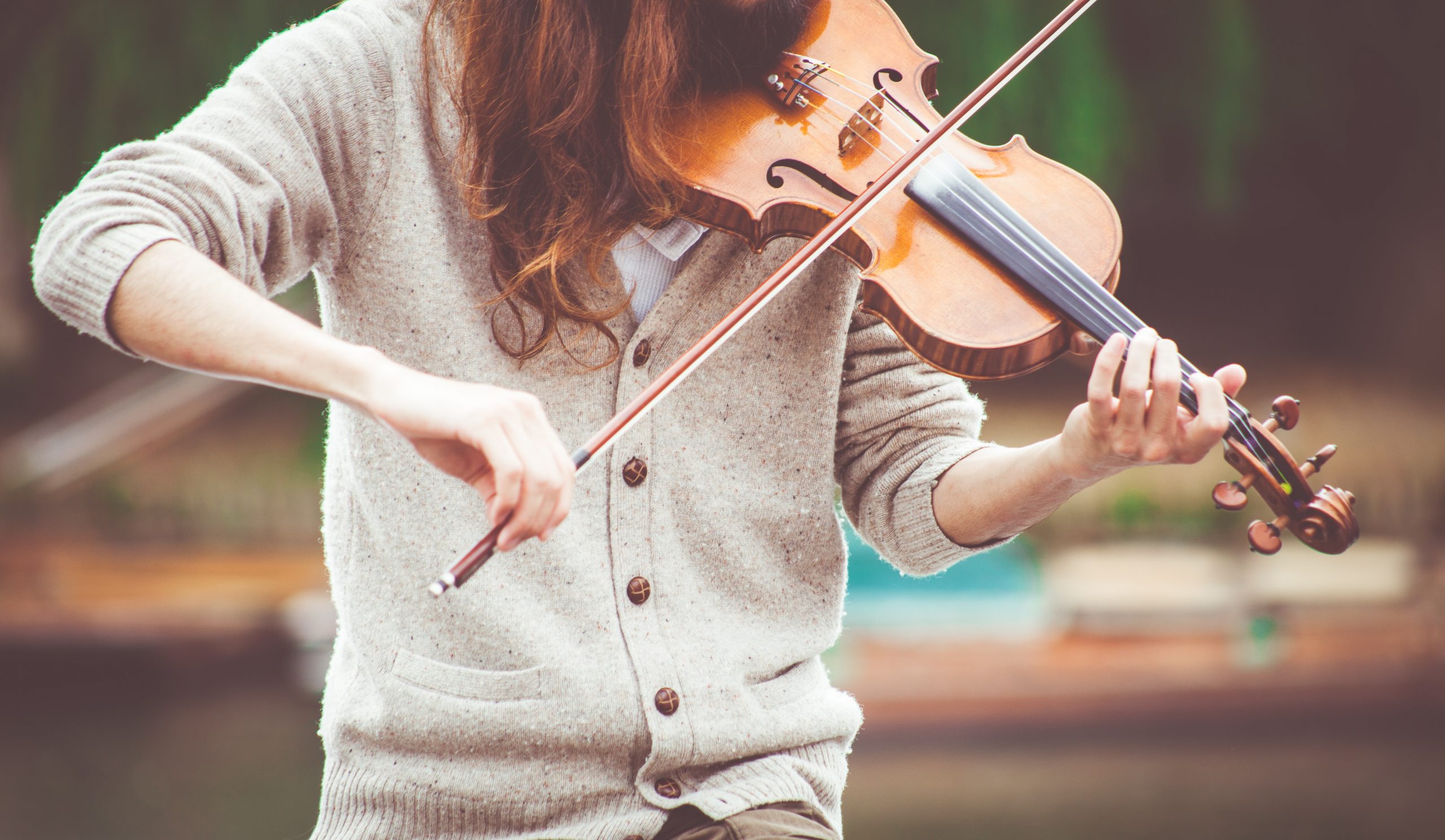Written by Haarika Gogineni and Edited by Josephine Chan

Music, which can be found everywhere from storefronts and restaurants to parties and clubs, is used to enhance the atmosphere or fill the void in a silent space. It is an aural art form that connects to its audience in a physical, mental, social, spiritual, or emotional manner in the form of artful expression. It is an omnipresent entity in contemporary society that often has cultural and societal influence through symbolism.
Music is highly personalized and thus has different meanings for each individual, but in the health and wellness industry, it has historically been used to produce a physical or academic impact on an individual in an attempt to improve overall wellness. Physical activities involving music like dancing and Zumba classes capitalize on the promotion of physical health through musical association. It creates a more accessible and likable form of exercise by associating the activity with pleasurable music, thereby improving one’s overall wellness. Academically, many learning institutions provide songs or melodies to teach important concepts such as the “Periodic Table Song” or even the “Bone Song” from the television show Hannah Montana. The reasoning lies in that musical elements are easier to memorize for many students because they follow a distinct rhythm, allowing for easy-to-follow guidelines to keep in time with. Statistics evidently display this, as 88.5% of people surveyed use music when studying or working to promote focus [1].
Another major application of music in the medical industry is music therapy, which targets individualized aspects of emotional, mental, or physical response to promote feelings of wellness or to manage certain symptoms [2]. There are two major forms of music therapy: receptive and active music therapy. In receptive music therapy, a therapist suggests music that promotes a change in mood, relaxation and decreased anxiety and stress. The recommendations are thus individualized to suit the patient’s strengths and weaknesses and promote reflection for wellness. On the other hand, in active music therapy, patients partake in making their own music using vocals or instruments. Internationally, this concept has been widely used, especially in Eastern cultures. Some Japanese nursing homes use Swedish music therapy to help patients overcome physical disabilities and challenges by giving them the opportunity to learn a musical instrument [3]. Music therapy can be used to address emotional or mental health concerns pertaining to major disorders like anxiety and depression; both forms showed a substantial improvement in symptoms and decreased severity of disorder after a music intervention of just 30 days. [4] Speech impediments, often caused by mental disorders, such as apraxia and language delay, can also be treated with music therapy by using the music to create a talking body, especially amongst complex symptomatic children [5]. By providing a simple beat and melody, children are able to reduce stuttering and speech delay by speaking at timed intervals. Studies analyzing the effects of music on underlying neural mechanisms show that music is able to improve functional neural and cognitive responses to help facilitate neurorehabilitation [6].
Despite the possible benefits associated with the application of music in the health industry, there is a large debate surrounding the tangible effects of music therapy. Some studies have shown no short term benefits or changes resulting from the implementation of music therapy, especially in populations with elderly individuals. However, there still exists a need to further measure effectiveness in long-term therapies [7]. Other studies use more subjective accounts of measurement such as levels of pain to show improvement in emotional and mental states for those diagnosed with fatal diseases [8]. All in all, it is crucial to understand that similar to how medical treatment is personalized to the individual, music therapy is equally unique and its effects are dependent on the individual’s response. As a result, while it is impossible to say whether music can truly fix these issues, it is important to note that, based on the individual, there’s a possibility that it could be effective.
References:
- Crouse, Adam. “How does Music Affect Our Lives?” The Bobcat Network, The Express, 29 Sept. 2015, https://www.blhsnews.com/opinion/2015/09/29/how-does-music-affect-our-lives/.
- “About Music Therapy and AMTA.” American Music Therapy Association, American Music Therapy Association, https://www.musictherapy.org/about/musictherapy/.
- Sekiya, Makoto. “Swedish music therapy method for aged strikes chord in nursing homes.” The Japan Times, The Japan Times, 9 Jan. 2014, https://www.japantimes.co.jp/news/2014/01/09/national/swedish-music-therapy-method-for-aged-strikes-chord-in-nursing-homes/#.XmYH9UdKg2x.
- Dos Reis, A.C., Vidal, C.L., de Souza Caetano, K.A., Dias, H.D. (2019). Use of Recorded Poetic Audios to Manage Levels of Anxiety and Sleep Disorders. Journal of Religious Health.
- Catrini, M., Lier-DeVitto, M.F. (2019). Apraxia of speech and language delay: the complexity of diagnosis and treatment of symptomatic children. Codas, 31:e20180121.
- Altenmuller, E., Schlaug, G. (2015). Apollo’s gift: new aspects of neurologic music therapy. Progress in Brain Research, 217:237–52.
- Li, H., Wang, H., Chou, F., Chen, K. (2015). The Effect of Music Therapy on Cognitive Functioning Among Older Adults: A Systematic Review and Meta-Analysis. Journal of the American Medical Directors Association. 16:71–77.
- Stanczyk, M.M. (2011). Music therapy in supportive cancer care. Reports of practical oncology and radiotherapy: Journal of Greatpoland Cancer Center in Poznań and Polish Society of Radiation Oncology. 16:170–172.
